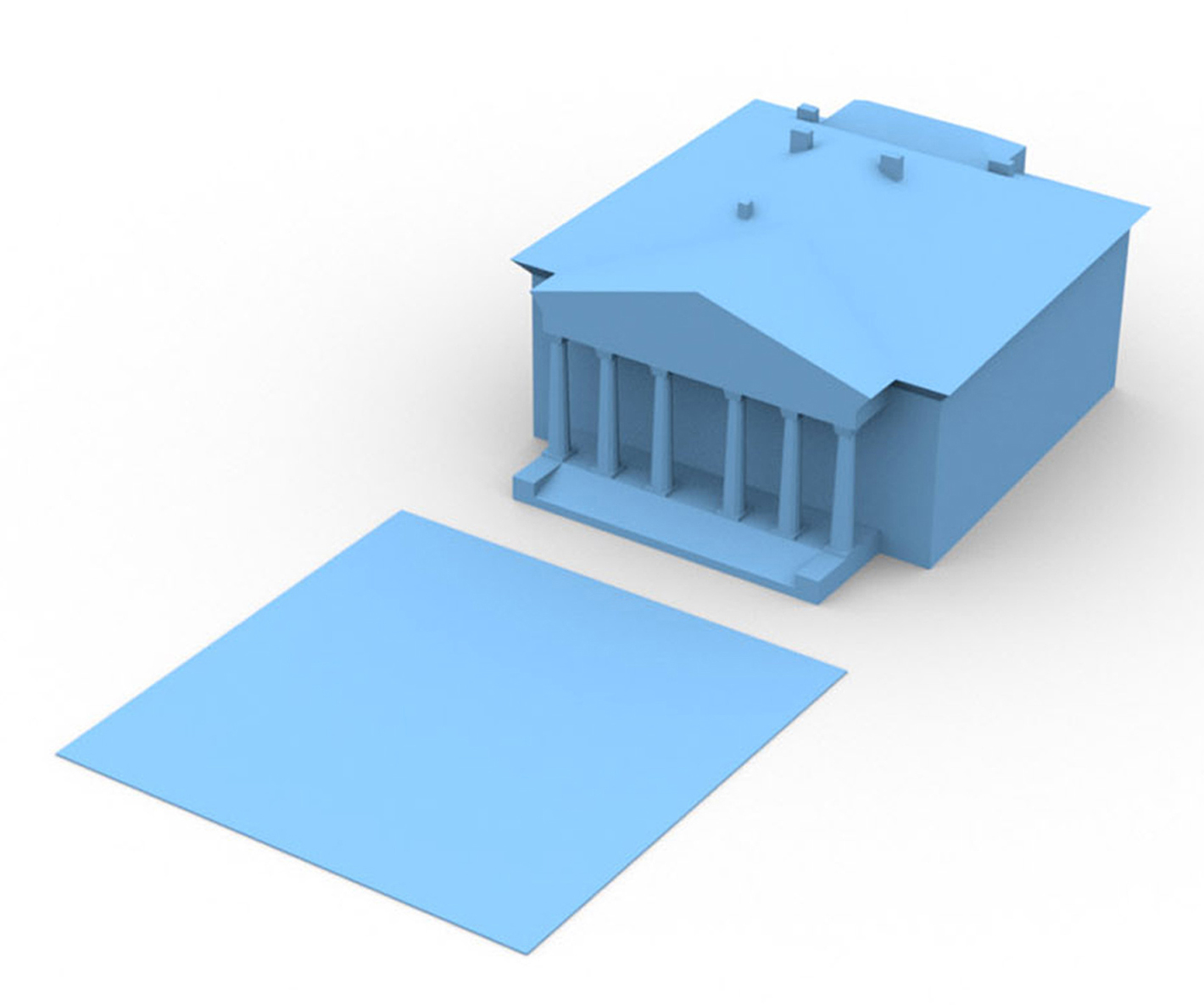Difference between revisions of "Public services and facilities"
| Line 29: | Line 29: | ||
All of the above perform vital roles within the overall operation of the urban area. The different types of public services and facilities will occur in all contexts of the urban fabric, depending on the role and function of the individual object. |
All of the above perform vital roles within the overall operation of the urban area. The different types of public services and facilities will occur in all contexts of the urban fabric, depending on the role and function of the individual object. |
||
| ⚫ | |||
| ⚫ | |||
The icon representing the above urban objects will be shown throughout this page where a description relates specifically to that urban object. |
The icon representing the above urban objects will be shown throughout this page where a description relates specifically to that urban object. |
||
| Line 44: | Line 46: | ||
Public services generally require good possibilities for mobility, e.g. public buildings should have a good [[accessibility | Accessibility]]. |
Public services generally require good possibilities for mobility, e.g. public buildings should have a good [[accessibility | Accessibility]]. |
||
| ⚫ | |||
| ⚫ | |||
=== Safety === |
=== Safety === |
||
Revision as of 14:11, 19 December 2012
Contents
Public services and facilities
Public services and facilities are urban objects designated to fulfil supportive functions related to the health and well-being of the citizens of a modern society or urban area.
Description
Public services and facilities refers to all of the facilities which are required by an urban area to provide the necessary and essential functions for its citizens. These include:
| Public service/ facility type | Description | Icon |
|---|---|---|
| Educational | The land uses and buildings that are used to serve the educational purposes of the community. These facilities very often have a secondary function of providing a location for social and recreational activities of the community. | |
| Health | This category of urban object includes all facilities where medical treatment of some form is offered. For example, it would include a local GP clinic or a city hospital. It is however not limited to clinical or medical healthcare, but all contexts relating to the diagnosis, treatment and rehabilitation of people with sickness/illness. | |
| Government Assets | Buildings and facilities relating to government departments or entities. This would include, for example administration office associated with a government department or agency, police and fire services stations, etc. For the purposes of Urban Securipedia, government assets do not extend to recreational services or utilities such as water/waster/energy infrastructure or facilities. |
All of the above perform vital roles within the overall operation of the urban area. The different types of public services and facilities will occur in all contexts of the urban fabric, depending on the role and function of the individual object. Good quality local public services, including education and training opportunities, health care and community facilities, are identified as one of the key elements for a Sustainable Communities Plan connecting with crime reduction and community safety in [1]
The icon representing the above urban objects will be shown throughout this page where a description relates specifically to that urban object.
Functions
Social
Economic
The economic function of social infrastructure is to provide for the wellbeing of individuals, families and communities. Investment in social infrastructure is essential for maintaining quality of life and to develop the skills and resilience essential to strong communities.
There is a growing consensus amongst scholars and politicians that social infrastructure is at least as important for the successful development of a modern economy as more physical infrastructure such as roads, utility facilities, sewer systems, etc. Social infrastructure such as schools, theatres, sport facilities, etc. make people want to live in a certain area which subsequently attracts businesses and other investors that provide for jobs and income. "In short, social infrastructure planning involves minimal resource for high returns"[2](in terms of primary and secondary economic impact).
Mobility
Public services generally require good possibilities for mobility, e.g. public buildings should have a good Accessibility.
Safety
Security Issues
The economic dimension of security issus for social infrastructure
The impact of security threats is primarily crime related (e.g. burglary, robbery, etc.) Crime generates costs in anticipation of crime (e.g. locks, surveillance, etc.), as a consequence of crime (loss of property) and in response to crime (police investigation, legal system, etc.). As a secondary impact, another effect of crime is that residents become less committed to their communities, causing the ‘social fibre’ of the community to be weakened. An example of the loss of social capital is that residents of neighbourhoods with a criminal reputation are judged to be associated with criminal activities, leading (amongst others) to stigmas that (e.g.) prevent those people from finding jobs[3].
Measures
The economic dimension of security measures for social infrastructure
UNDER CONSTRUCTION
Footnotes and references
MAP
<websiteFrame> website=http://securipedia.eu/cool/index.php?concept=Public services and facilities width=100% border=0 scroll=auto align=middle </websiteFrame>
<headertabs/>


